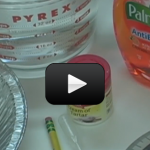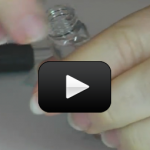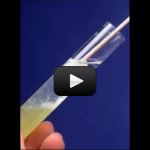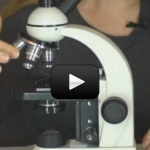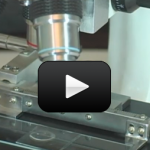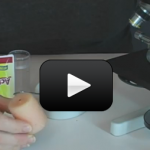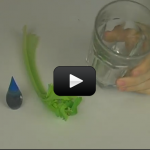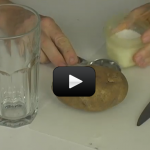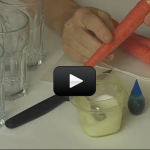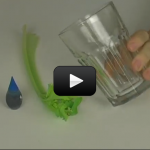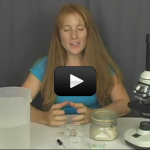Getting Started
In the beginning of this section, there are several labs that will teach students the anatomy of a microscope, as well as its proper usage and care. Students will practice mounting different types of slides, and then record the data viewed through the microscope. Finally, students will understand how to calculate magnification power using the objective lens and the eye piece.
Labs in this unit focus in plant life, including plant structure, needs and functions. Students will learn names and functions of plant parts such as stem, root, leaves, and flower and their relationship to plant survival. Focus will also be on the movement of water and nutrients into an out of a plant, as students learn the processes of osmosis and photosynthesis. In these labs, students will build tools such as the Berlese Funnel, the Insect Aspirator, and several columns for observation of plant and insect life in different eco systems.
Here are the scientific concepts:
- Organisms in ecosystems exchange energy and nutrients among themselves and with the environment.
- Energy entering ecosystems as sunlight is transferred by producers into chemical energy through photosynthesis, and then from organism to organism in food webs.
- Over time, matter is transferred from one organism to others in the food web, and between organisms and the physical environment.
- Populations of organisms can be categorized by the functions they serve in an ecosystem.
- Different kinds of organisms may play similar ecological roles in similar biomes.
- The number and types of organisms an ecosystem can support depends on the resources available and abiotic factors, such as quantity of light and water, range of temperatures, and soil composition.
By the end of the labs in this unit, students will be able to:
- Design and build a water cycle column, a terraqua column, an insect aspirator, a Berlese funnel, a waterscope, a hydrometer, an eco column, and a carnivorous greenhouse.
- Know how to demonstrate how to use and care for a microscope, how to mount slides, and how to record data viewed through a microscope.
- Understand how to determine the parts and functions of plants, the effects of osmosis, the stages of mitosis, the components of an eco system, the characteristics of worms and the genotypes and phenotypes of offspring.
- Differentiate observation from inference (interpretation) and know scientists’ explanations come partly from what they observe and partly from how they interpret their observations.
- Measure and estimate the weight, length and volume of objects.
- Formulate and justify predictions based on cause-and-effect relationships.
- Conduct multiple trials to test a prediction and draw conclusions about the relationships between predictions and results.
- Construct and interpret graphs from measurements.
- Follow a set of written instructions for a scientific investigation.

